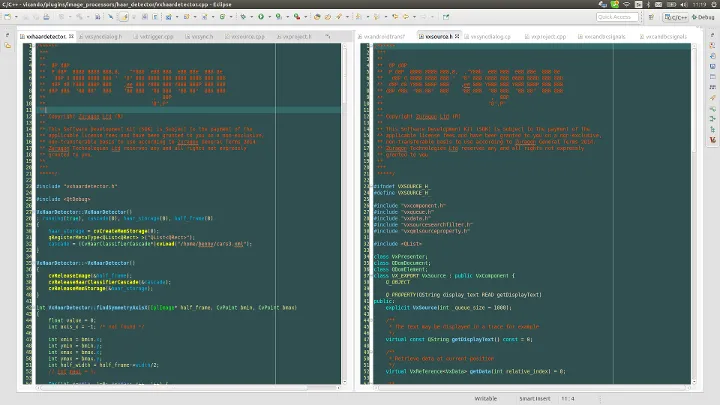ViCANdo

ViCANdo synchronously captures vehicle test data (e.g., CAN/J1939, diagnostics, proprietary) along with numerous multimedia sources; GPS, acoustics, multiple video sources both internal and external to the cab, measurement equipment, thermal, eye tracking, biosensors, etc.
Primary applications are to test active safety systems, HMI systems, autonomous vehicles, EV/Hybrid systems and fleet durability. Because ViCANdo has the ability to capture everything, many companies are using it in the field to capture and diagnose “problem vehicles”.
Large amounts of collected data along with recorded video from various vantage points of the driver and vehicle for later analysis rapidly grow into Gigabytes. Segmenting the data for analysis and then combining it back to draw meaningful system conclusions while maintaining sync is a tremendous task. The tool accesses data through a JavaScript API where very complex algorithms can be programmed to filter out useful data. A powerful video component facilitates filtering of single objects like a moving gauge, lane detection, the driver’s hands moving and use that as a base for the post analysis.
Engineers appreciate ViCANdo’s extremely open architecture. The JavaScript open API allows engineers to develop powerful scripts for data triggering, filtering and post analysis. ViCANdo’s open API to QML/QT Networks provides access to open source files to rapidly create custom interfaces.
The software operates on multiple platforms; Windows, Linux, Mac, Ubuntu and Android. The ViCANdo Android platform runs on off-the-shelf Android device and utilizes all of the Android’s resources; built-in camera, GPS, accelerometers, sensors. With the addition of a Kvaser interface cable, ViCANdo on Android becomes a powerful and cost effective data logger that captures synchronous data that is uplifted to PC for post analysis. Triggers for the ViCANdo Android data logger can created to capture “snippets" of data to be communicated to a server for analysis.